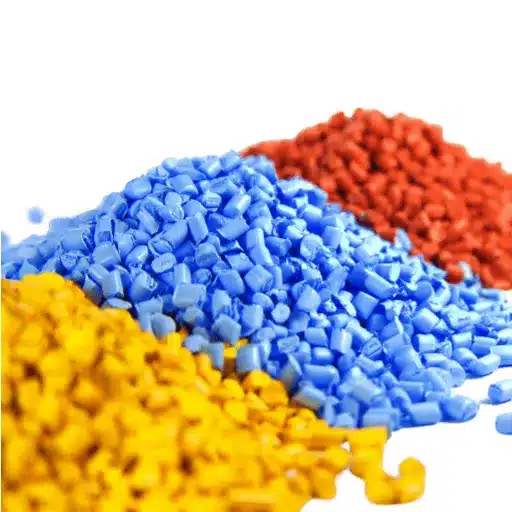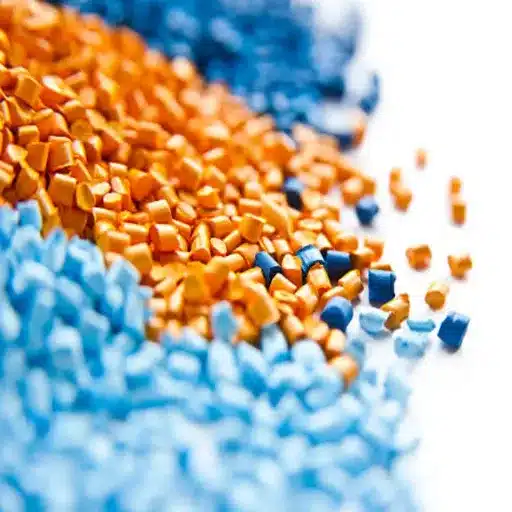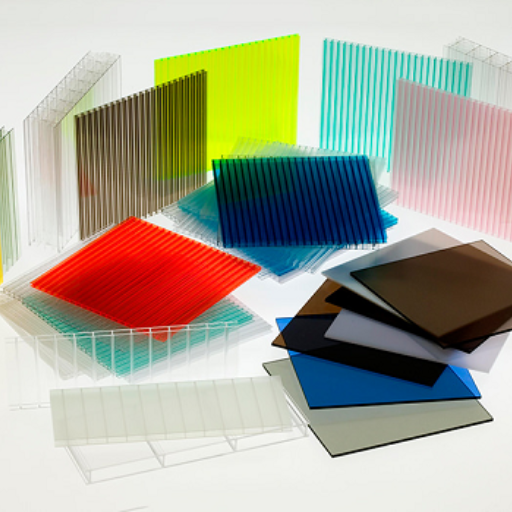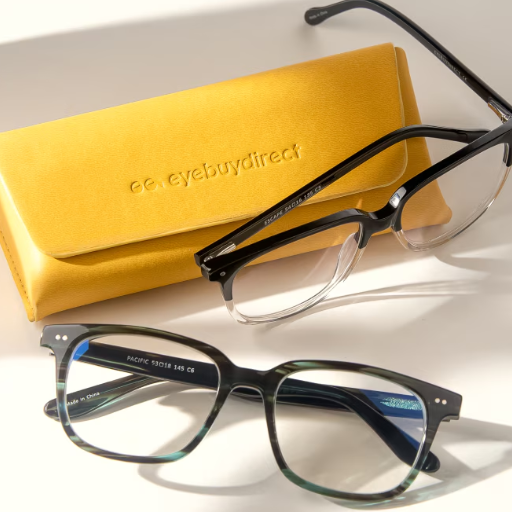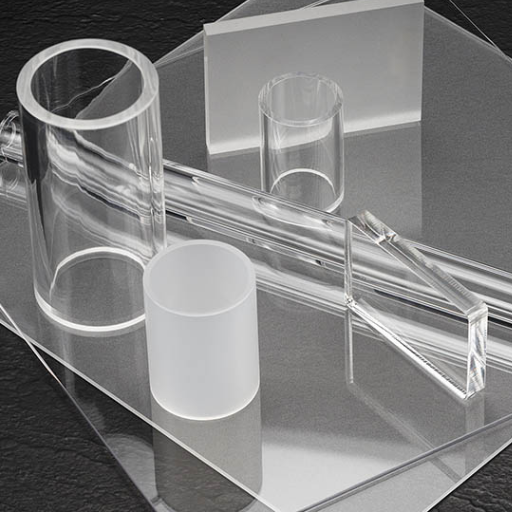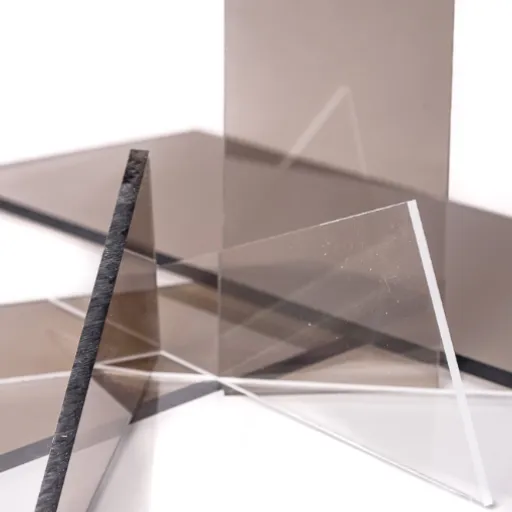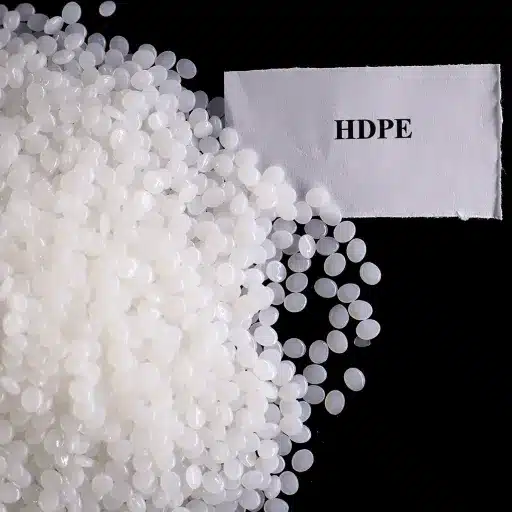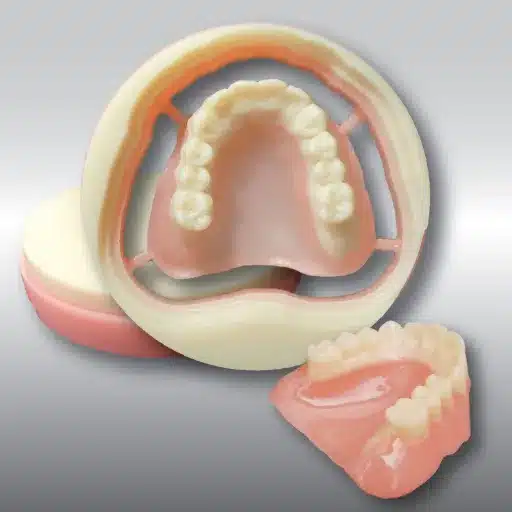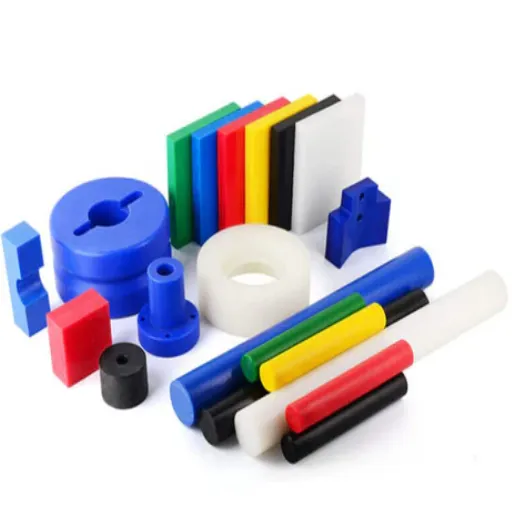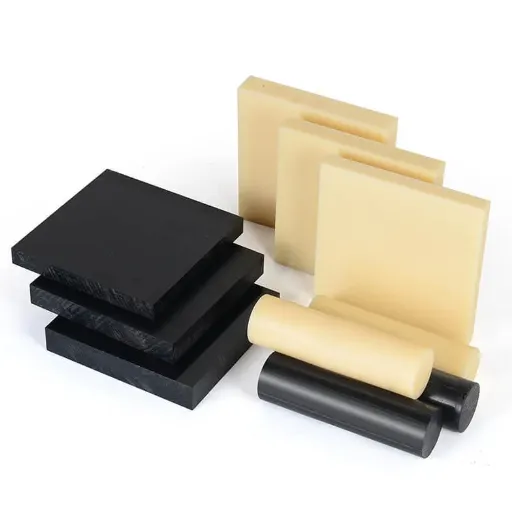Polymethyl Methacrylate, which is usually called PMMA or acrylic, is a multi-purpose plastic that has been widely used in various industries and common applications. Its strength and light transmission ability have made it a great material for multiple purposes, such as in protective barriers, lenses for glasses, medical equipment, and even furniture. Still, the material’s eventual rise to much more usage has also raised doubts regarding its safety and nature’s resilience. Is PMMA a safe option for both consumers and the earth? In this article, we will look into the characteristics, uses, and possible hazards of PMMA in order to provide you with a thorough understanding of this commonly-utilized material. Ultimately, you will be armed with the required know-how to wisely select or reject products containing PMMA and to determine their compatibility with your living style.
Introduction to Polymethyl Methacrylate
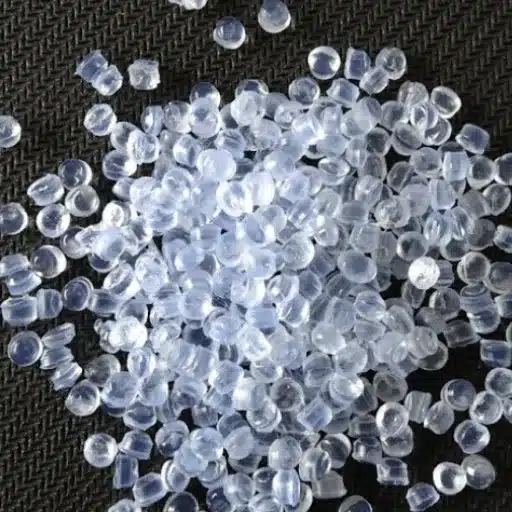
What is PMMA?
Polymethyl methacrylate (PMMA), which is also called acrylic or acrylic glass, is a light, strong, and clear thermoplastic. It is often recognized by the alternate names such as Plexiglas, Lucite, and Acrylite and is frequently used as a glass alternative that is resistant to shattering. The material consists of repeating units from the monomer methyl methacrylate (MMA) and is classified among synthetic polymers. It is generally appreciated for its outstanding optical quality, resistance to outdoor conditions, and easy-to-use nature in processing operations.
According to the latest data, PMMA is still widely used in the automotive, construction, and healthcare industries. Applications can be found in light covers for cars and windows of airplanes, as well as protective barriers and dental prosthetics, which are medical devices. On the other hand, concerns regarding PMMA’s environmental impact still persist, as the material is not biodegradable and is derived from non-renewable resources. The industry is working on the development of more sustainable manufacturing processes and recycling methods to overcome these challenges.
History and Development of Polymethyl Methacrylate
Polymethyl Methacrylate (PMMA) was initially created in the early 20th century as part of the development in polymer chemistry. The material was first synthesized in 1928 by chemists like William Chalmers, with commercial production starting in 1933 by the German chemist Otto Röhm who marketed it under the name “Plexiglas.” The combination of clarity, strength, and lightness soon turned PMMA into a glass-like material with great demand. The material became extensively used in the military industry during World War II because of its optical clarity and impact resistance properties; thus, it was utilized in the making of aircraft canopies and submarine periscopes.
With the continuing of technological developments, PMMA’s uses have become extremely versatile and the material has spread across numerous industries. Currently, the focus of the development is mainly on improving the sustainability and recyclability of PMMA in order to reduce its environmental impact. Innovations in recent years include methods for depolymerizing PMMA back to its original monomer, methyl methacrylate, for easy recycling. Also, bio-based production methods are the subject of research, as they promise to lessen dependence on fossil fuel-derived feedstocks that are non-renewable. These measures are in line with the worldwide trend toward materials science innovations that are sustainable.
Common Applications of PMMA
One can easily say that polymethyl methacrylate (PMMA), which is the same as Plexiglas, Lucite, and acrylic glass, is highly looked upon for its clarity, strength, and flexibility. PMMA’s most significant application is in the construction area, thanks to its numerous properties including, among others, the fact that it can be weathered and is perfectly excellent in transmitting light, thus, the PMMA material gets to be used in the making of windows, skylights, and sound barriers. Not only that, PMMA is often used in the automotive industry for parts such as light covers and dashboards, as its durability and attractiveness are the key points to the choice of this material.
The medical domain like-wise counts on PMMA for very high percentage in particular to the manufacturing of intraocular lenses (due to cataract surgeries) as well as orthopedic cements for joint replacements. In these applications, PMMA’s biocompatibility and optical clarity make it an ideal material. However, among these PMMA applications, its use in the signage industry comes first, i.e. producing lit-up displays and boards for advertising, and it is also present in the area of consumer goods like aquariums, furniture, and mobile phone displays.
It looks like the trend is that PMMA usage is increasing in the field of renewable energy, and solar panel construction is one of the areas that will be using it more and more due to its ability to increase light concentration and efficiency. The continuous development of recycling methods and sustainable (bio-based) production will keep the material employed throughout diverse industries while supporting their sustainability goals.
Safety Profile of Polymethyl Methacrylate

Is PMMA Safe for Use?
Key Safety Insight: Polymethyl methacrylate (PMMA) is, in general, a safe material that can be used in various applications, mainly due to its stability and non-toxic nature. PMMA, under standard situations, does not emit any risky chemicals, which is why it is deemed suitable for medical and food grade products, and even for cosmetic applications like intraocular lenses.
PMMA, moreover, is compatible with living tissue, thus it can be safely used in medical applications when it has to interact with human tissue. Still, caution is necessary during the production or mishandling of PMMA disposal since hazardous by-products or vapors are released, with methyl methacrylate monomers being one of the greatest concerns. If PMMA is taken through the right handling and processing methods, the material will be backed by firm regulatory approvals and substantial research as a safe one. Its complete adherence to safety regulations guarantees that it will be used safely in all fields.
Safety Assessments and Regulatory Standards
Polymethyl methacrylate (PMMA) is subject to strict safety assessments and is certified according to multiple regulatory standards in different industries. The regulatory bodies, like the U.S. Food and Drug Administration (FDA) and the European Chemicals Agency (ECHA), have defined a strict procedure for the evaluation of materials like PMMA that is very costly to carry out. One of the areas where the material gets tested is biocompatibility, that is to say, whether it is non-toxic and, therefore, safe for certain applications such as implants, dental materials, and food-grade uses. Moreover, the ISO (International Organization for Standardization) guidelines that PMMA follows further demonstrate its safety and reliability.
The safety of PMMA is being continuously increased by the present technological advancements. For example, better production methods and filtration techniques have decreased the amount of harmful residue such as methyl methacrylate monomers to very low levels. Leakage and environmental impact minimization during disposal and manufacturing practices have been achieved by the updating of regulations. Anyway, the overall safety assessment systems and regulatory surveillance along with the comprehensive safety assessment frameworks ensure that PMMA is widely utilized and used responsibly in various fields.
Comparative Safety with Other Acrylics
| Material | Safety Profile | Key Advantages |
|---|---|---|
| PMMA | BPA-free, non-toxic | Superior UV resistance, lower toxic material leakage |
| Polycarbonate | May release BPA | Higher impact resistance |
| PET | Degrades under UV | Widely recyclable |
When PMMA is compared to other acrylics, polycarbonate, and polyethylene terephthalate (PET), PMMA is noted as the most advantageous in terms of safety profile, at least in certain applications. PMMA, which is bisphenol A (BPA) free and considered non-toxic, is more suitable than polycarbonate for use in medical devices and food contact applications due to the fact that the latter might release BPA under certain conditions. What is more, PMMA has UV resistance that is superior to PET’s and to that of other acrylics, which implies that it can remain intact for longer hours of sunlight exposure while PET gets degraded more causing it to release microplastics that may eventually get into the environment.
The latest studies support that PMMA’s chemical durability and lower likelihood to leak toxic materials make it the go-to option in sectors that demand the most rigorous health and safety standards. On the flip side, PMMA has a downside to brittleness that makes it not suitable for impact-resistant applications. In general, the decision between PMMA and other acrylics should be based on safety and performance criteria for each application; however, PMMA can usually be found as the one with health and environmental benefits in relation to others.
Health Effects and Environmental Concerns
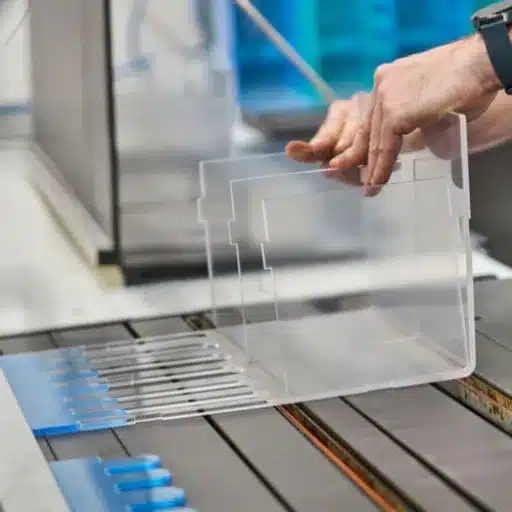
PMMA’s Possible Health Hazards
⚠️ Important Safety Note: Even though PMMA (Polymethyl Methacrylate) is considered safe and is utilized in many different applications, it poses some health risks that must be taken into account, especially during the production process or when it is heated up.
Recent studies indicate that PMMA can give off methyl methacrylate monomer when produced or if decomposed at high temperatures. Skin, eye, and respiratory irritations have been linked to this monomer at high exposure levels. Moreover, breathing in methyl methacrylate fumes in places with poor ventilation can possibly cause dizziness, headaches, or nausea among some people.
Nonetheless, research indicates that PMMA is not poisonous in its solid state which makes it a material of choice for medical and consumer products. The good handling practices such as proper ventilation and usage of protective gear during production can greatly limit the risks involved. In conclusion, PMMA is still a safe choice for consumers, but it needs to be properly managed in order to cut down on health issues during the production phase.
Polymethyl Methacrylate’s Environmental Footprint
Polymethyl methacrylate (PMMA) is a material that has a wide range of applications and is still regarded as the most versatile and one of the most durable materials, but still, it has significant environmental drawbacks. The non-biodegradability of PMMA is the primary concern, which leads to the fact that the products made of PMMA, after being thrown away, will remain in the landfills and the ecosystems for decades. If not disposed of properly, they will only add to the issues of plastic pollution already in place, and that will in turn harm whichever wildlife and ecosystems that plastic has contaminated. Furthermore, the fossil fuels that are used throughout the process of PMMA making are the main reason why there are carbon emissions that lead to global warming.
The most recent data talks about the efforts towards making PMMA more sustainable which are being made possible through the recycling technology that keeps evolving. To that end, both mechanical and chemical types of recycling are under research to keep PMMA waste from reaching landfills. Moreover, the companies that produce PMMA are seeking to use plant-based materials instead of fossil fuels-derived PMMA as a way to minimize the material’s ecological footprint. Even though PMMA is still very useful in different industries, it is important to tackle its environmental footprint as a condition for realizing the long-term sustainability goals.
PMMA Risk Reduction
Best Practices for PMMA Risk Mitigation
- Improve recycling methods through depolymerization techniques
- Develop bio-based alternatives sourced from renewable resources
- Implement stringent policies for PMMA waste disposal
- Increase public awareness about proper recycling practices
- Reduce greenhouse gas emissions during production
A multi-faceted strategy is a must for reducing the risks that come with PMMA as the latter is polymethyl methacrylate. The first point of focus must be improving the recycling methods and their acceptance rates. As per the latest reports, the industries are more and more using the sophisticated techniques like depolymerization, which is completely breaking the PMMA into its constituent monomers that can be reused and in this way the waste generated during the process is brought down substantially. In addition, bio-based alternatives to PMMA sourced from non-exhaustive resources are on the making, by which the reliance on petroleum-based materials will be eliminated to some extent and the production will be more eco-friendly, thus the greenhouse gas emissions will also be less. The governments and the manufacturers need to work together and come up with the stringent policies regarding the selling off the PMMA waste and the people should be made aware of the right recycling. In the end, the risks that come with PMMA will not come down without global unity and also without the determination in a sustainable manner through innovation and technology.
Using PMMA in Cosmetics and Acrylic Nails
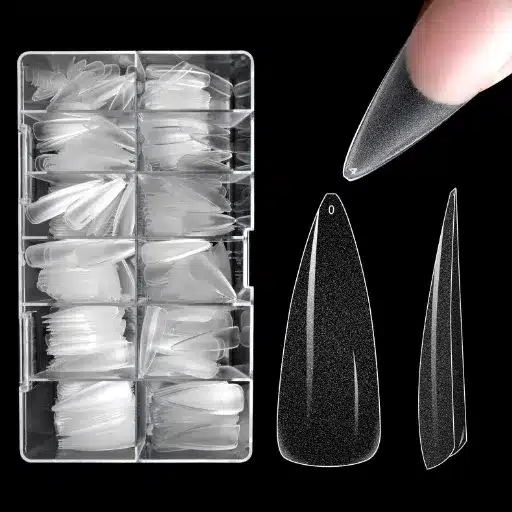
Role of PMMA in Cosmetic Products
One of the main players in the cosmetic field is PMMA or polymethyl methacrylate due to its exceptional characteristics. It is a common practice to use PMMA as the main component in cosmetic products like skin foundations, powder, and lip care products for its texturizing property. Furthermore, it contributes to obtaining the highly demanded smooth and matte finish in modern makeup products by absorbing oil and controlling shine. In addition to this, PMMA, a lightweight and long-lasting material, is widely used in the application of acrylic nails, where it provides not only durability but also flexibility. New trends in data also show that the demand for PMMA in cosmetics is constantly on the rise because of its ability to provide very good performance and a very good appearance. Nevertheless, sustainable options are starting to gain more and more market share since consumers consistently call for eco-friendly products, hence the industry needs to find a way to have PMMA’s advantages coexist with the green innovations.
Safety of PMMA in Acrylic Nails
As a result of its properties, PMMA has become the leading material in the creation of acrylic nails. The most reliable and safe way to use Polymethyl methacrylate (PMMA) in this case is to strictly regulate the usage, and professional application as the safest method if recent data is to be believed. Nonetheless, issues can arise if unregulated or mixed badly PMMA products that could contain toxic substances like methyl methacrylate (MMA), which could be very harmful to human health, where the use of poor-quality products is commonly associated with incorrect practices, particularly in regions where the substance is banned are used. Scientific research and expert opinion reveal that it is essential to have high-quality PMMA products which are compliant with the governing regulations as the condition for safety. Furthermore, the professional application of PMMA during the process of grinding may lead to inhalation risks if ventilation is not adequate. PMMA is regarded by most codirect experts as safe; however, not only continued study but also inventiveness in the industry are directed toward coming up with sustainable and safer alternatives that will be able to satisfy the ever-increasing consumer demand.
Consumer Guidance for Using PMMA Products
✓ Safety Checklist for PMMA Product Usage
- Purchase from reputable brands that meet safety regulations
- Follow manufacturer guidelines exactly as specified
- Ensure proper ventilation in the application area
- Use protective equipment including gloves and masks
- Verify professional credentials when using salon services
- Consider eco-friendly alternatives when available
The use of PMMA products always comes with a responsibility of safety and application technique. Power users are more than ever looking up on the safest ways to handle such products, especially at nail salons or DIY home application. If you want to stay safe, be sure to buy PMMA products only from well-known brands that meet the safety regulations needed for the use of such products. Furthermore, comply with every single guideline from the manufacturer and do not make any changes that could cause the product to lose its effectiveness.
Proper air circulation is necessary when handling PMMA since long exposure to fumes or dust can lead to lung health issues. In case you are using it at home, make sure you have an area that is well-aired or even think about buying a professional ventilation system. Wearing gloves and masks as a part of your protective gear is an excellent way to keep your skin and lungs safe from exposure. If it is a salon, make sure your tech is using clean methods and that he or she has proper air filtration.
The consumers can also look up the eco-friendlier and safer options as the industry keeps on coming up with new products through innovation. On the other hand, the thumb rule for PMMA usage is to be educated, implement safety measures, and ask the experts when the necessity arises. The good news is that if these precautions are taken, not only will the users benefit from the PMMA products, but also the risks will be substantially lowered.
Ongoing Research and Future Directions
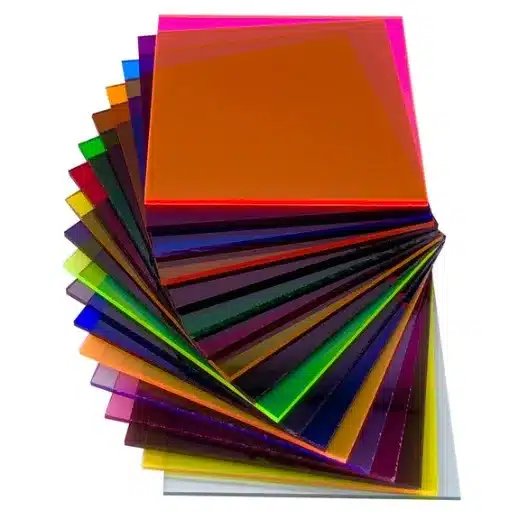
Current Studies on PMMA Safety
Long-term health effects and the environmental impact of polymethyl methacrylate (PMMA) have been the main focus of recent studies. Prolonged exposure may be a risk factor for respiratory or skin diseases in particular, and so this is an issue for research to explore as PMMA is widely used in different sectors. The fact that PMMA is non-toxic is supported by the present-day data, yet it is suggested that the improper management of PMMA, moving fumes exposure and especially in the case of its thermal breakdown, may lead to lab irritation even if mild.
Moreover, the researchers are using modern technology to measure PMMA’s environmental footprint. Areas of study are its biodegradability and the production of eco-friendly alternatives to minimize the use of fossil-fuel-based polymers. The public is environmentally conscious and their demand for sustainable materials is one reason for these researchers, so they want to reduce waste while at the same time keeping PMMA’s versatility in industrial applications.
That is to say, PMMA will be ensured as a safe and reliable material through laboratory trials, epidemiological reviews, and changing regulatory guidelines drawing on the combined efforts of the researchers.
Innovations in PMMA Applications
| Industry | Innovation | Benefits |
|---|---|---|
| Automotive | Lightweight windows and roofs | Fuel savings and improved aesthetics |
| Medical | Bio-compatible dental implants and bone cement | Enhanced healthcare outcomes |
| Renewable Energy | Transparent solar panels | Increased efficiency and longevity |
| Sustainability | Bio-based PMMA from sugarcane | Reduced fossil fuel consumption |
The news about the innovations concerning PMMA (polymethyl methacrylate) applications is a clear evidence of the material’s increasing importance in various industries’ usage, and even more so by the better performance and environmental characterizations. The automotive industry is a case in point as it has been using PMMA in car windows and roofs to take advantage of the material’s low weight and high clarity features that give rise to fuel savings and better looks for the cars. Moreover, the medical area is now using different PMMA grades that have been developed through the years as being bio-compatible, e.g., for dental implants, bone cement, and ocular lenses, thus meeting the basic healthcare demand.
Sustainability is becoming a priority, and scientists have now begun the process of investigating new formulations combining PMMA with reclaimed materials or manufacturing from plant-based hyphenated alternatives. PMMA is also the material of choice in the transparent solar panels because of its optical attributes, thus greatly contributing to the renewable energy sector by making these panels more efficient and having longer life spans. The aforementioned unconventional applications once again pointed to the flexibility and changing significance of PMMA, which is constantly reaffirming its presence in different industries.
Future Regulatory Considerations for PMMA
The regulations concerning PMMA (polymethyl methacrylate) will most probably undergo alterations in the future to tackle environmental and health issues simultaneously. The world is shifting towards sustainability and eco-friendly production methods paving the way to stringent regulations that will probably cover all stages of the PMMA lifecycle – from its sourcing to production and eventually disposal. A similar situation might arise whereby the PMMA industries will be asked to have in their products a certain percentage of recycled material or even totally biodegradable materials thus complying with the nature’s way of operating i.e., circular economy. On top of that, there might be a demand for chemical additives that are not only safe but also cause no health issues in PMMA manufacturing that are stricter than now.
Climate issues are also one of the most important reasons that regulations change regarding the PMMA producers and they have to lower the atmosphere-polluting emissions linked to their activities. One such way to make the production of PMMA greener could be offering incentives for the usage of renewable energy sources during the manufacturing processes. The main users of PMMA such as the construction, healthcare, and renewable energy sectors may be the reason why different regulatory standards emerge that are specific to each sector but still focused on the sustainability objectives. Therefore, the future regulatory scenarios will be a struggle for industries to keep their market position and at the same time be compliant with the rules.
Frequently Asked Questions
Is polymethyl methacrylate a safe plastic?
As long as polymethyl methacrylate is not applied inappropriately, it is a safe material overall. PMMA is often regarded as a material that is safe for use in restricted applications by the regulatory reviews and the cosmetic ingredient review process. Largely, the safety issue depends on the amount of residual monomer and the types of manufacturing that are done in such a way that toxic chemicals are not used, and there is no exposure to the residual methyl methacrylate. In some cases, the skinor the eyes may not react well with PMMA, and therefore, if you do come into contact with it, it is better to have good ventilation and copious amounts of water to rinse with in case of accidental exposure. The inhalation of PMMA particles from sanding or molding is a potential hazard, and therefore the use of good ventilation systems and protective equipment will help to avoid respiratory problems. Scientific literature backs up that PMMA has UV resistance and durability as its characteristics, leading to its being a favored plastic in many consumer products.
What are the effects of PMMA when used in cosmetics and personal care products?
The use of PMMA in cosmetics and personal care products typically involves mixing it with fine particles, which impart texture and provide film-forming properties, and these controlled concentrations are regarded by many reviews as safe for use. Nonetheless, adverse reactions such as allergic reactions, skin irritation, and rare skin reactions can occur, so patch testing and monitoring for reactions to PMMA are advisable. Residual monomer levels during polymerization greatly impact the effect profile; presence of residual monomer can cause PMMA to be more irritating. In scientific literature, PMMA is continuously examined for its behavior when it comes into contact with people, and manufacturers strive to avoid the use of toxic chemicals in the production process. In general, the correct processing of PMMA can lead to benefits such as its property of UV resistance and better feel in formulations.
How is PMMA used in medical devices and what are the health and environmental considerations?
PMMA is incorporated in a variety of medical devices, namely, denture bases, prosthetic limbs, contact lenses, and intraocular implants, and its biocompatibility has been highlighted in numerous research studies. Unwanted reactions may be rare but can consist of allergies, irritation of the skin in the vicinity of the implant, or, very occasionally, systemic reactions as a result of exposure to monomer residue during or shortly after surgery. Although polymerization methods and meticulous control of conditions during production minimize residual monomer, and hence the chance of irritation or respiratory difficulties during fabrication or molding, the adverse effects are still possible. Taking into consideration health and environmental impacts, correct disposal and absence of release of fine PMMA particles into the environment are sufficient practices to reduce impacts, while avoiding contact with food or uncontrolled release into water will help to maintain safety. Both regulatory recommendations and scientific literature suggest that the monitoring of product performance along with the monitoring of environmental release is necessary when PMMA is employed in both the medical and consumer sectors.
Can exposure to UV light or outdoor conditions change whether PMMA is safe to use?
PMMA, which has good UV resistance compared to most other polymers, is one of the main reasons it is commonly used in automotive parts, outdoor signage, and contact lenses. Nevertheless, extended exposure to UV light can ultimately result in surface degradation and modification of physical properties. Not only does degradation increase the likelihood of PMMA particles due to abrasion or small fragments detaching and coming into contact with the skin, eyes, or being inhaled, which can lead to skin irritation or respiratory issues in high-exposure scenarios, but it also has a compounding effect. The right formulation along with the addition of stabilizers during polymerization and manufacturing processes help in maintaining UV resistance while also minimizing the formation of potentially irritating degradation products. Ventilation systems, personal protective equipment, and safe handling should be used for occupational safety to reduce exposure to dust or vapors, and make sure to have plenty of water available for rinsing in case of contact with skin or eyes. In conclusion, PMMA is generally safe but it still needs proper design and precautions when utilized in outdoors or UV-exposed applications.
Reference Sources
- University of Nevada, Reno: An article discussing the safety of PMMA in applications like acrylic nails, highlighting that PMMA is generally safe but may contain trace levels of MMA (methyl methacrylate). The Toxic Truth About Acrylic Nails
- Pennsylvania State University – PURE: A report by the Cosmetic Ingredient Review Expert Panel, concluding that PMMA is safe for use in cosmetics and medical devices. Final Report of the Cosmetic Ingredient Review Expert Panel
- PubMed: A review of PMMA’s safety as a facial filler, affirming its safety while emphasizing the importance of awareness about potential risks. PMMA Safety for Facial Filling







